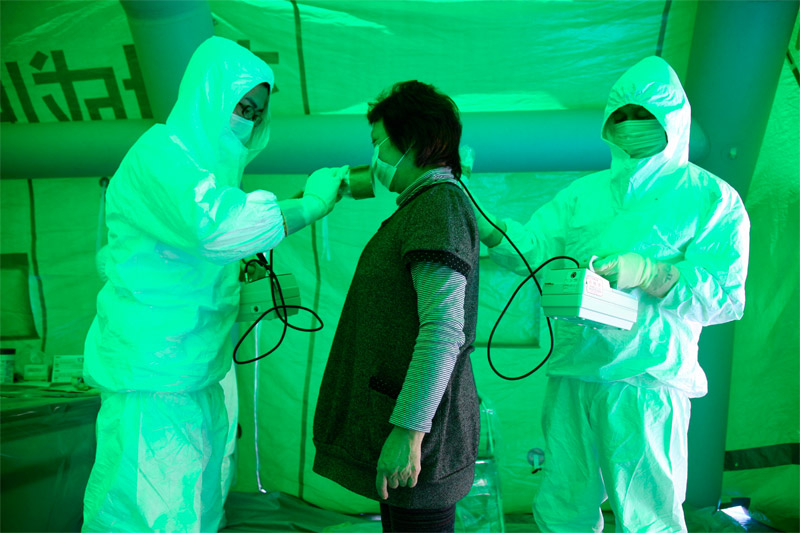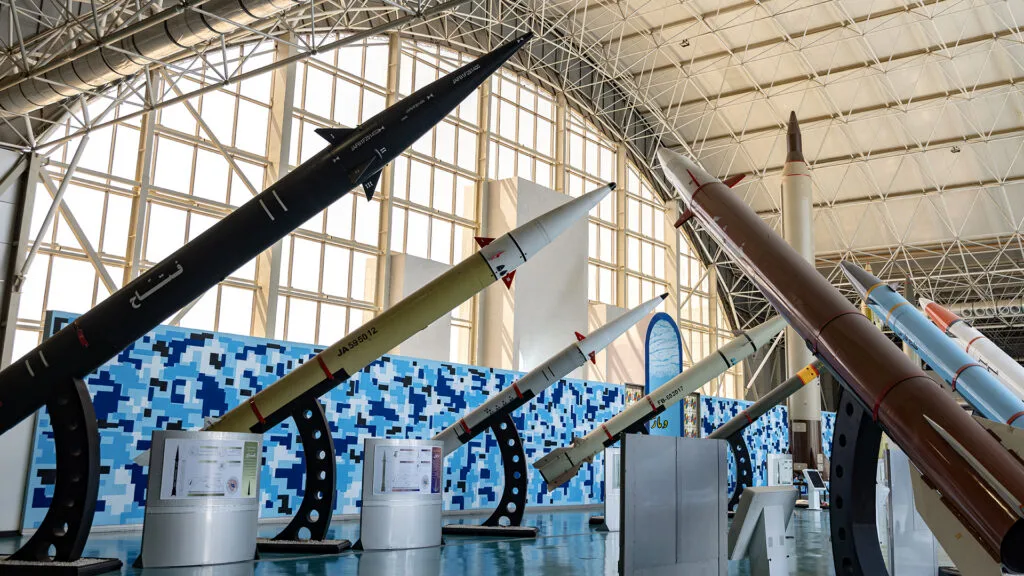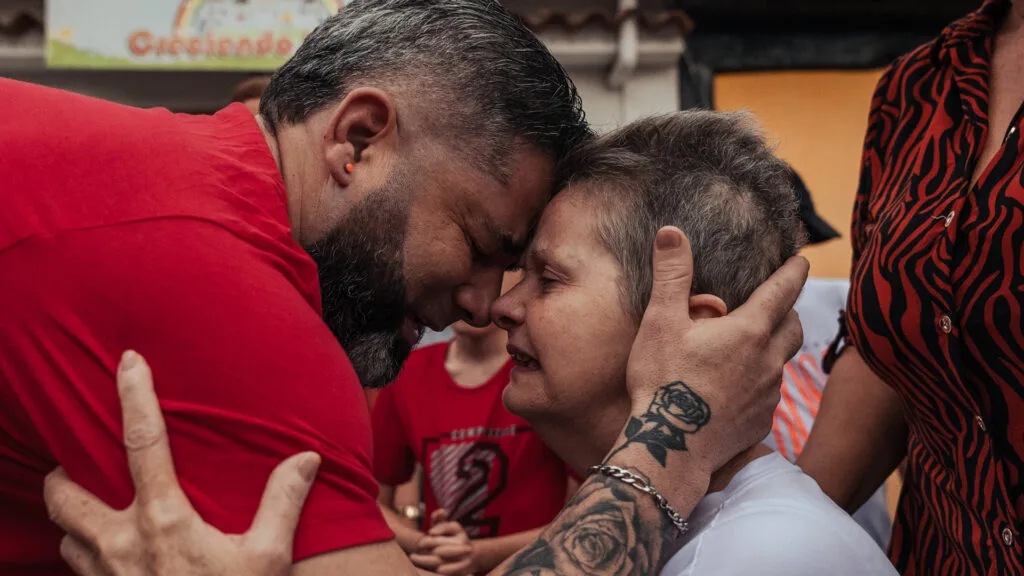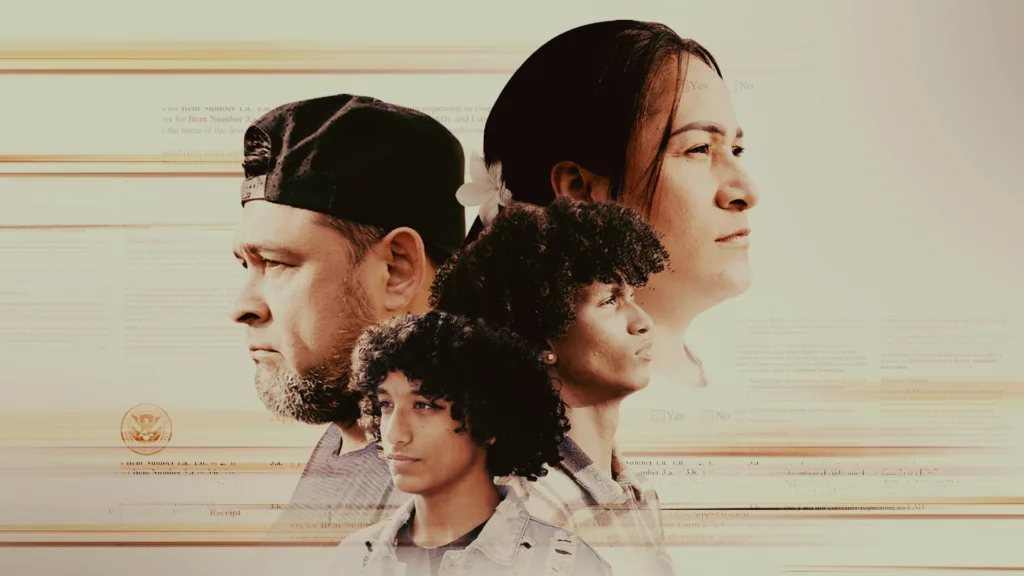The Battle Over Indian Point, One Year After the Fukushima Meltdown
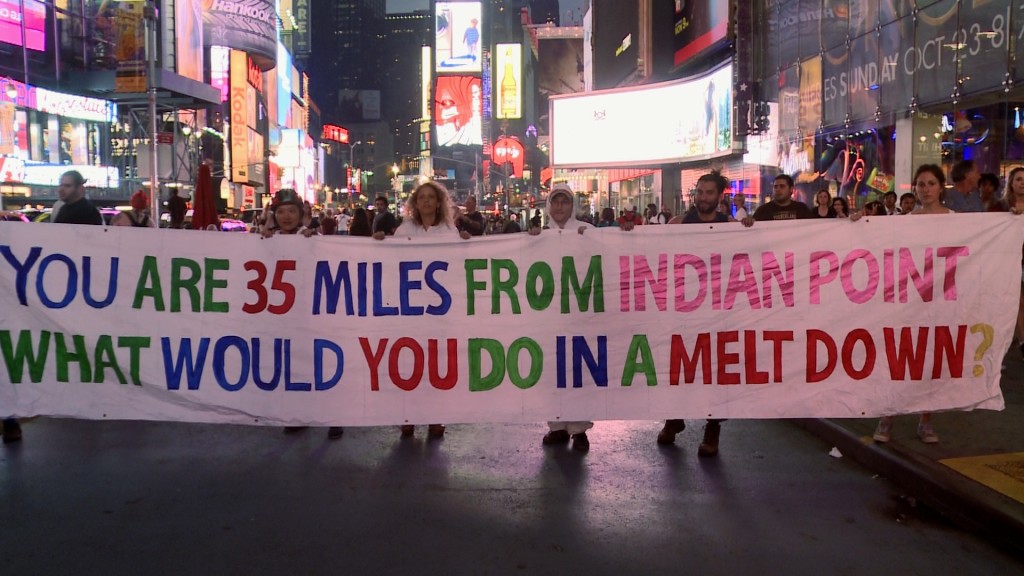
March 9, 2012
Share
This week, Kazuhiko Amano, a relief worker from Fukushima, spoke at a panel discussion at Manhattanville College in New York. It was organized by Clearwater, an environmental group opposed to the relicensing of nuclear reactors at the Indian Point power plant in Buchanan, N.Y.
“I came to convey the reality” about nuclear power, Amano said, referring to the destruction caused by the earthquake, tsunami and meltdown at the Fukushima Daiichi nuclear power plant last March.
Anti-nuclear activists are particularly concerned about Indian Point in large part because of its proximity to New York City — the plant is just 35 miles from Times Square, and 17 million people live within 15 miles of the facility. [For context, the Japanese government issued a mandatory evacuation order for those within 12 miles of Fukushima Daiichi during last year’s disaster; the U.S. issued an order to evacuate U.S. citizens living in Japan from a 50-mile zone.]
Indian Point, which generates about a quarter of New York City’s electricity, is also old: The plant’s two nuclear reactors were licensed in 1973 and 1975. One of Indian Point’s licenses expires in 2013; the other, two years later.
But just this week, the Nuclear Regulatory Commission [NRC] gave Indian Point its highest safety rating, stating that the plant “operated in a manner that preserved public health and safety.”
“It doesn’t mean they don’t have more work to do in 2012,” NRC spokesperson Neil Sheehan said, “but they didn’t have any significant issues in 2011. Like all of the plants, they have a significant amount on their plates in terms of Fukushima.”
The NRC recently approved several post-Fukushima rule updates for plants, which will require them to make plans for simultaneous natural disasters and other remarkable events, and to improve measuring equipment in spent fuel pools.
But many near Indian Point — as well as industry watchdogs — have concerns, as FRONTLINE correspondent Miles O’Brien learned in our recent film Nuclear Aftershocks. Watch the clip below, in which O’Brien visits Indian Point and examines the “classic New York political brawl” over the plant:
Related Documentaries
Latest Documentaries
Related Stories
Related Stories
Explore
Policies
Teacher Center
Funding for FRONTLINE is provided through the support of PBS viewers and by the Corporation for Public Broadcasting, with major support from Ford Foundation. Additional funding is provided the Abrams Foundation, Park Foundation, John D. and Catherine T. MacArthur Foundation, Heising-Simons Foundation, and the FRONTLINE Trust, with major support from Jon and Jo Ann Hagler on behalf of the Jon L. Hagler Foundation, and additional support from Koo and Patricia Yuen. FRONTLINE is a registered trademark of WGBH Educational Foundation. Web Site Copyright ©1995-2025 WGBH Educational Foundation. PBS is a 501(c)(3) not-for-profit organization.
